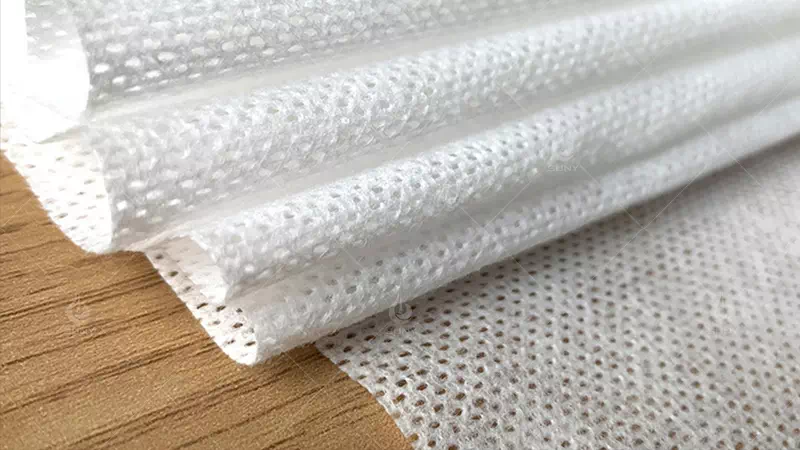What are wet wipes made of?
Wet wipes are a common cleaning product in everyday life, and the process behind their production involves the careful combination and processing of a wide range of raw materials. Let’s take an in-depth look at the key raw materials used to produce wipes.
First and foremost, the basis of wipes is fabric. This fabric is usually made from a blend of natural and synthetic fibers, such as cotton, rayon, and polyester. This material needs to be strong enough to withstand the wiping action, but also soft enough to be skin-friendly to ensure comfort during use.
Secondly, the solution of the wipes plays a crucial role. This solution contains water, detergents (such as surfactants), moisturizers, preservatives, and sometimes added fragrances. Of particular note, some wipes contain alcohol, which possesses disinfectant properties.
Preservatives are essential to prevent wipes from harboring bacteria in a moist environment. Common preservatives include parabens, phenoxyethanol and benzalkonium chloride.
Emollients and humectants in wipes, on the other hand, help retain skin moisture and prevent dryness. Common additives include glycerin, aloe vera and various oils.
In addition, fragrances are a feature of many wipes, giving the product a pleasant scent. These fragrances can be synthetic or come from natural plant extracts.
Finally, depending on the specific use of the wipes, other ingredients such as vitamin E and aloe vera may be added to fulfill different needs. The clever combination and careful design of these raw materials makes wipes play an important role in daily cleaning.
By gaining a deeper understanding of the raw materials used in wipes, we can better appreciate these seemingly simple everyday products that contain technology and science behind them. Let’s cherish these small products and at the same time pay attention to the environmental and sustainable aspects of their production.


